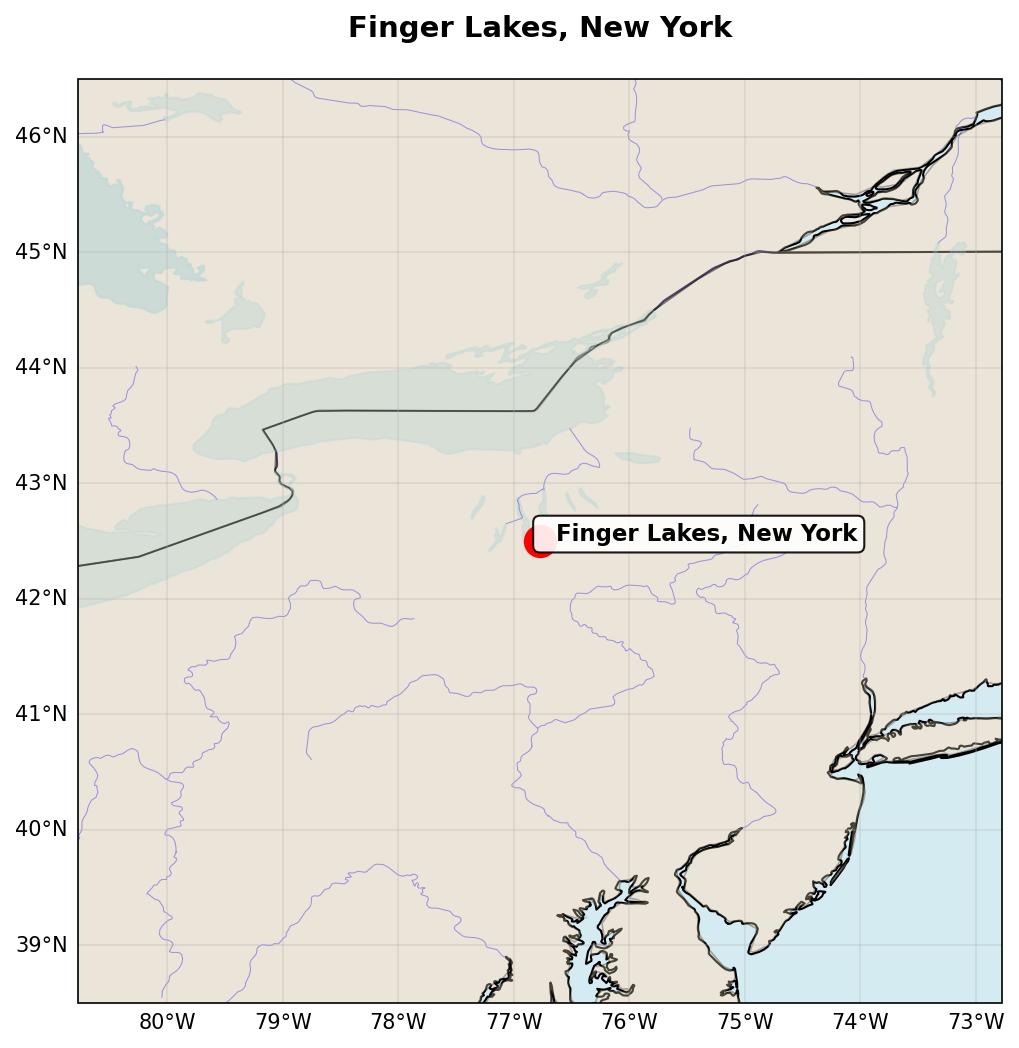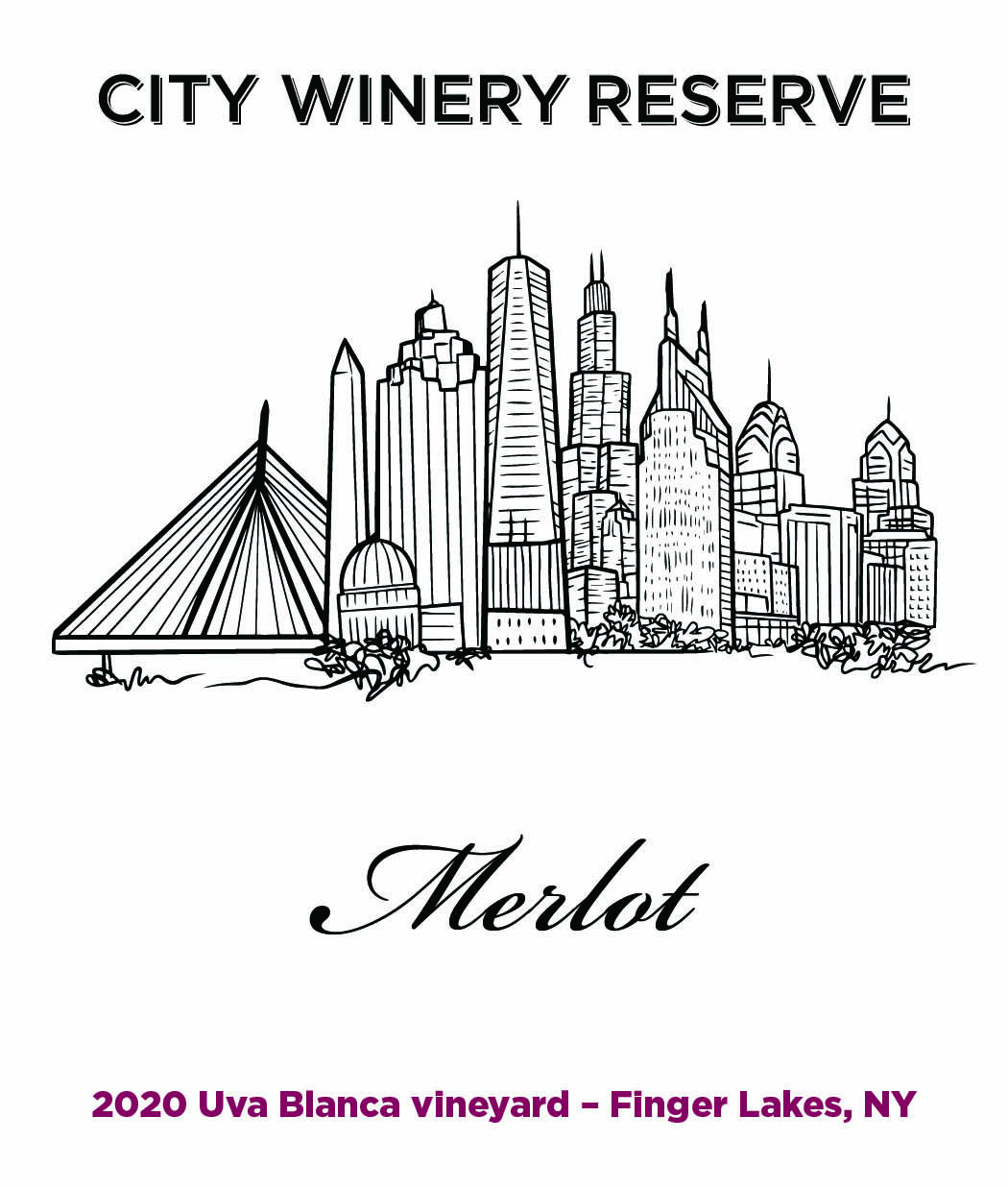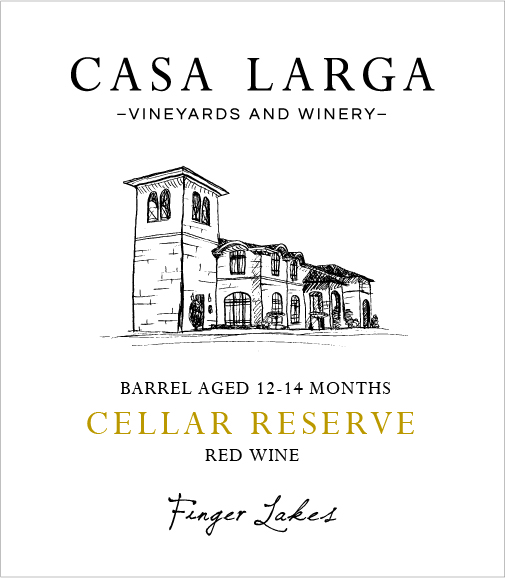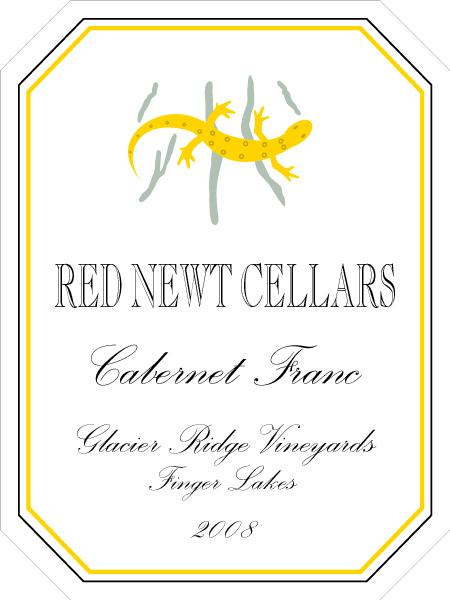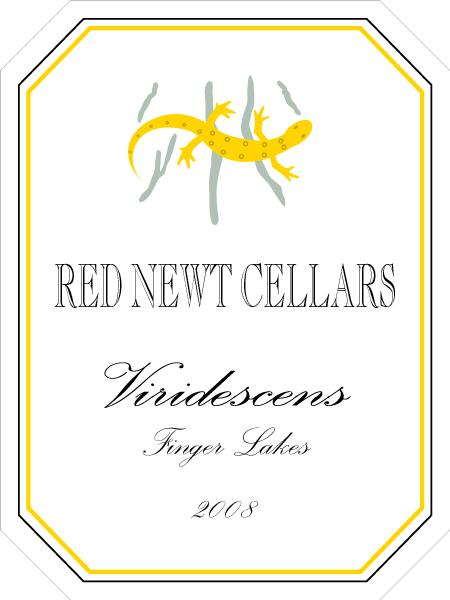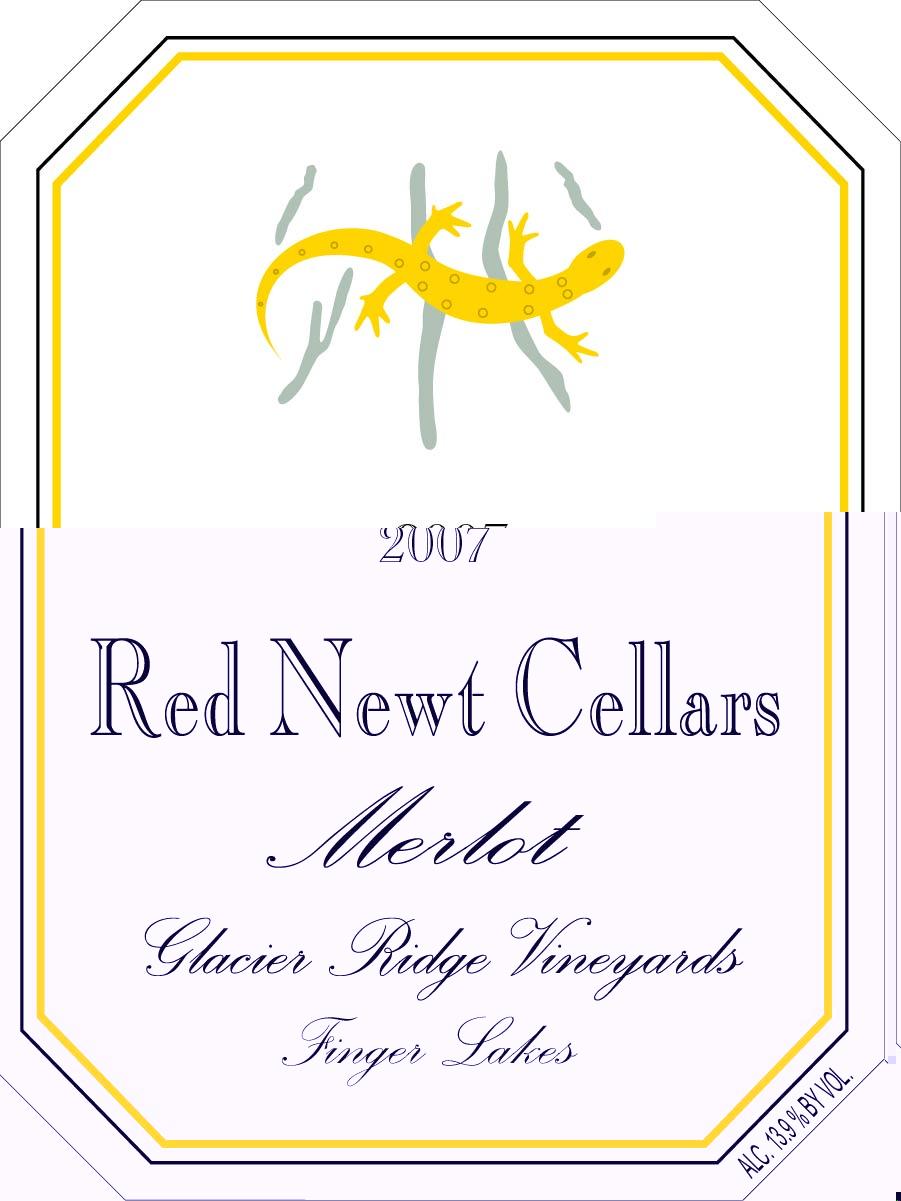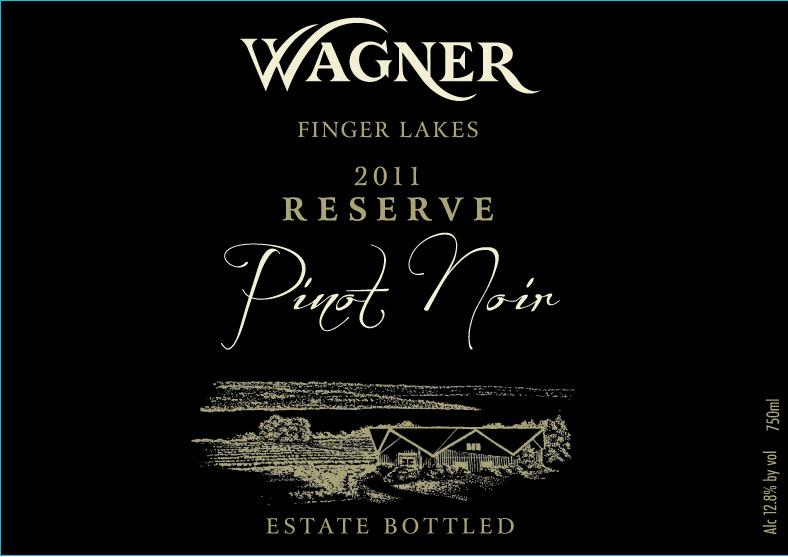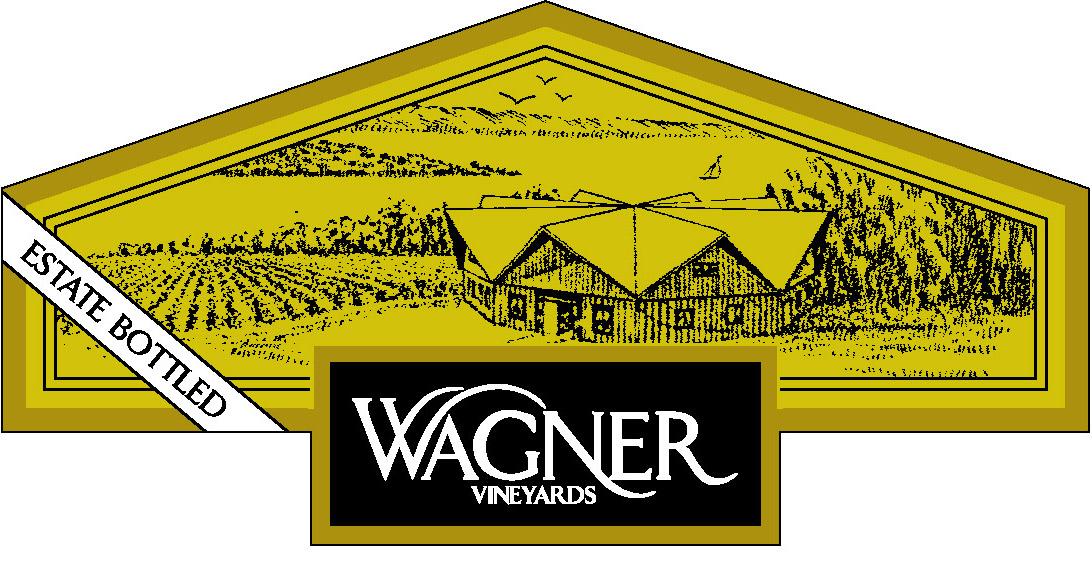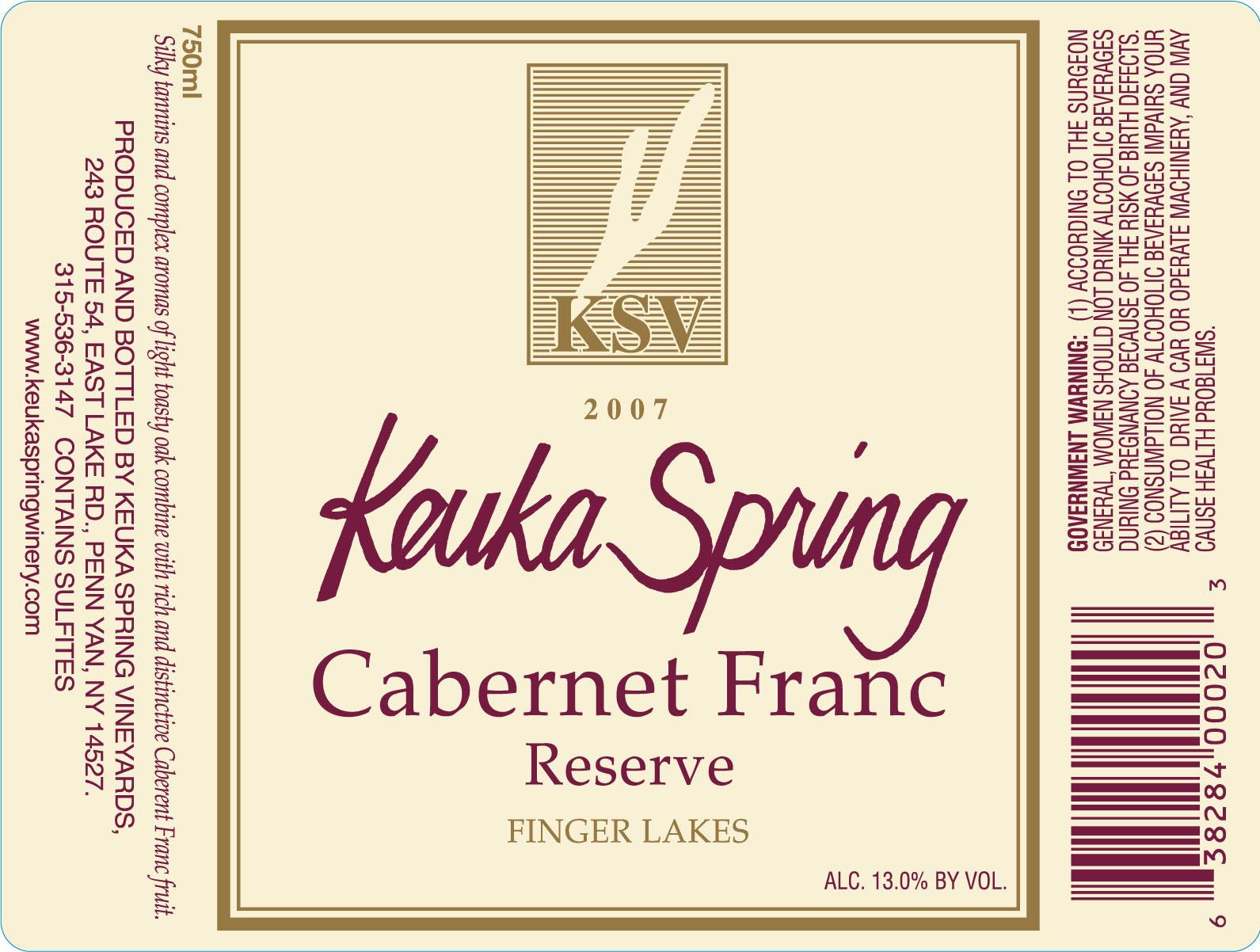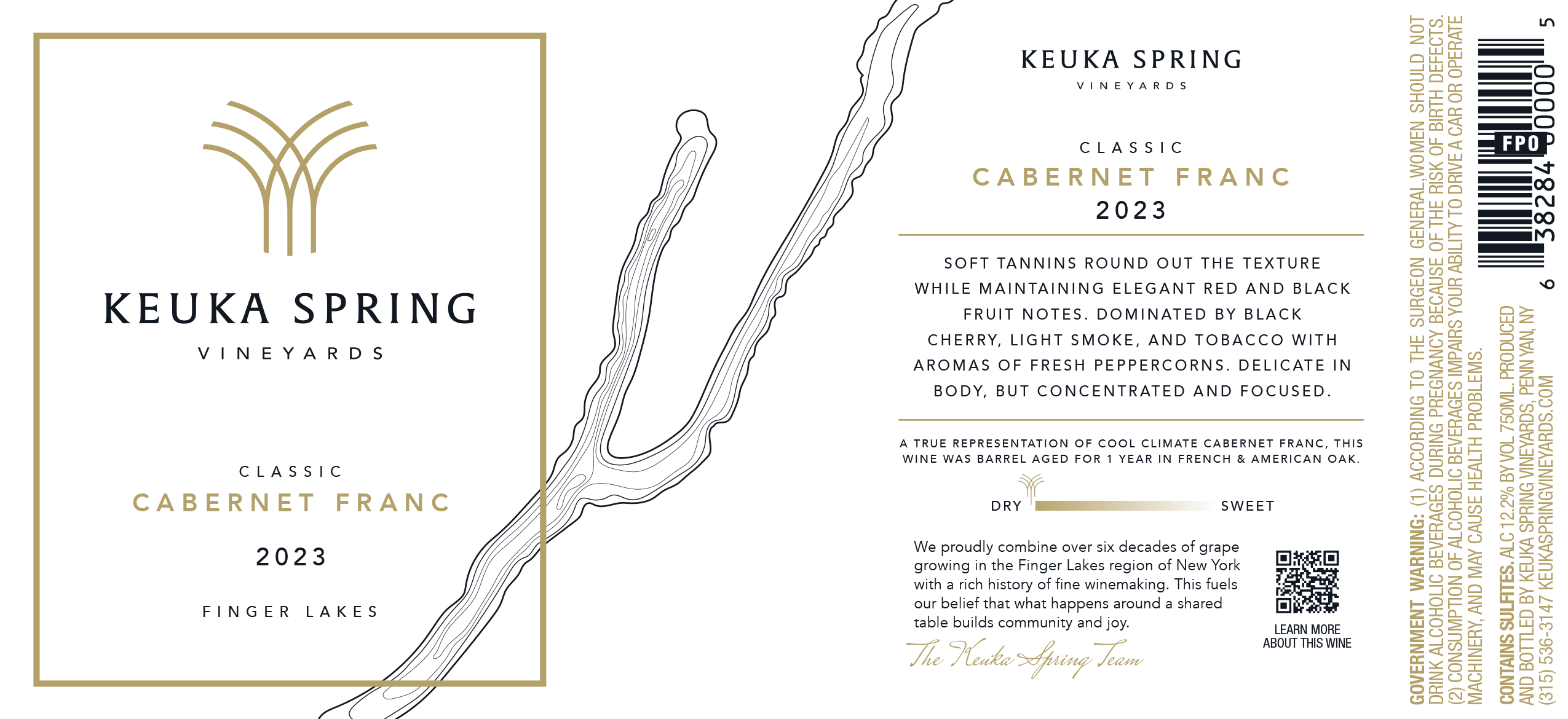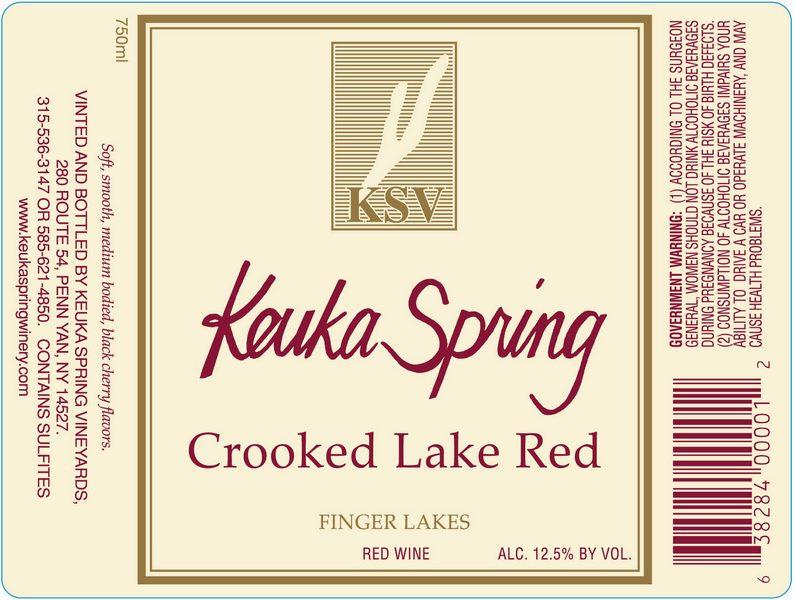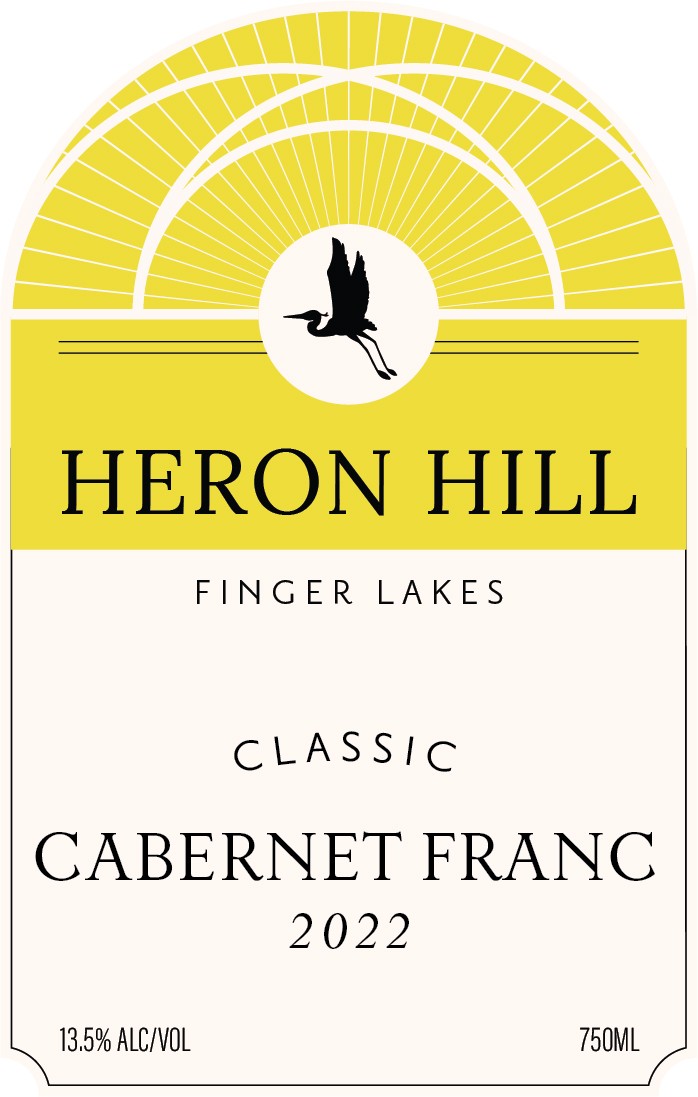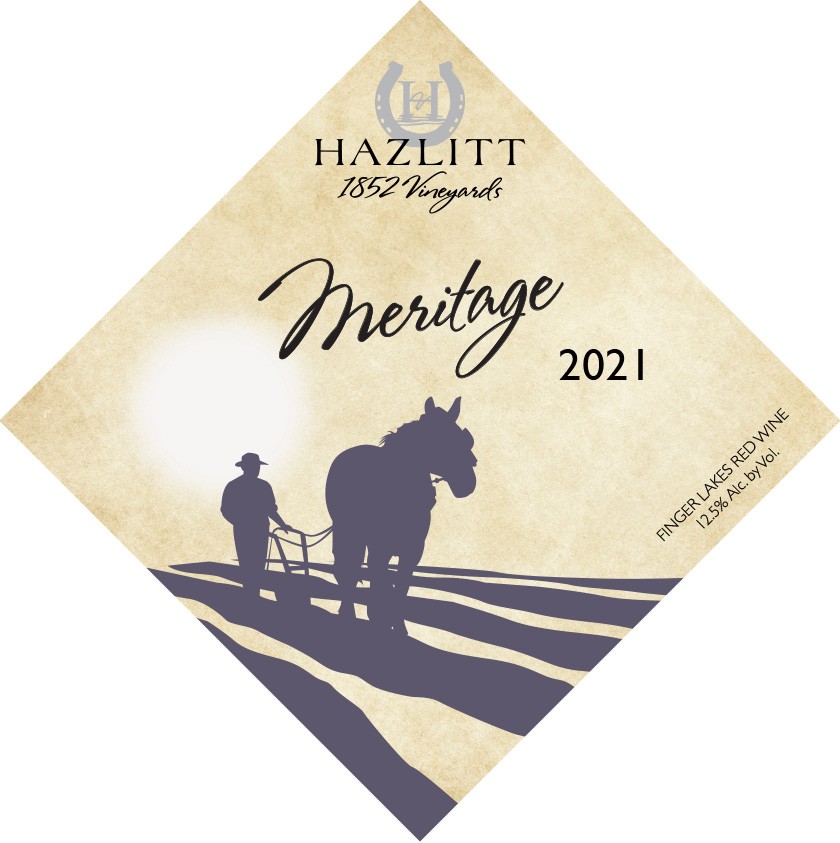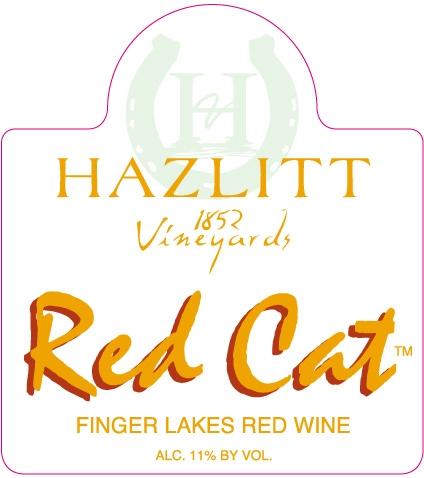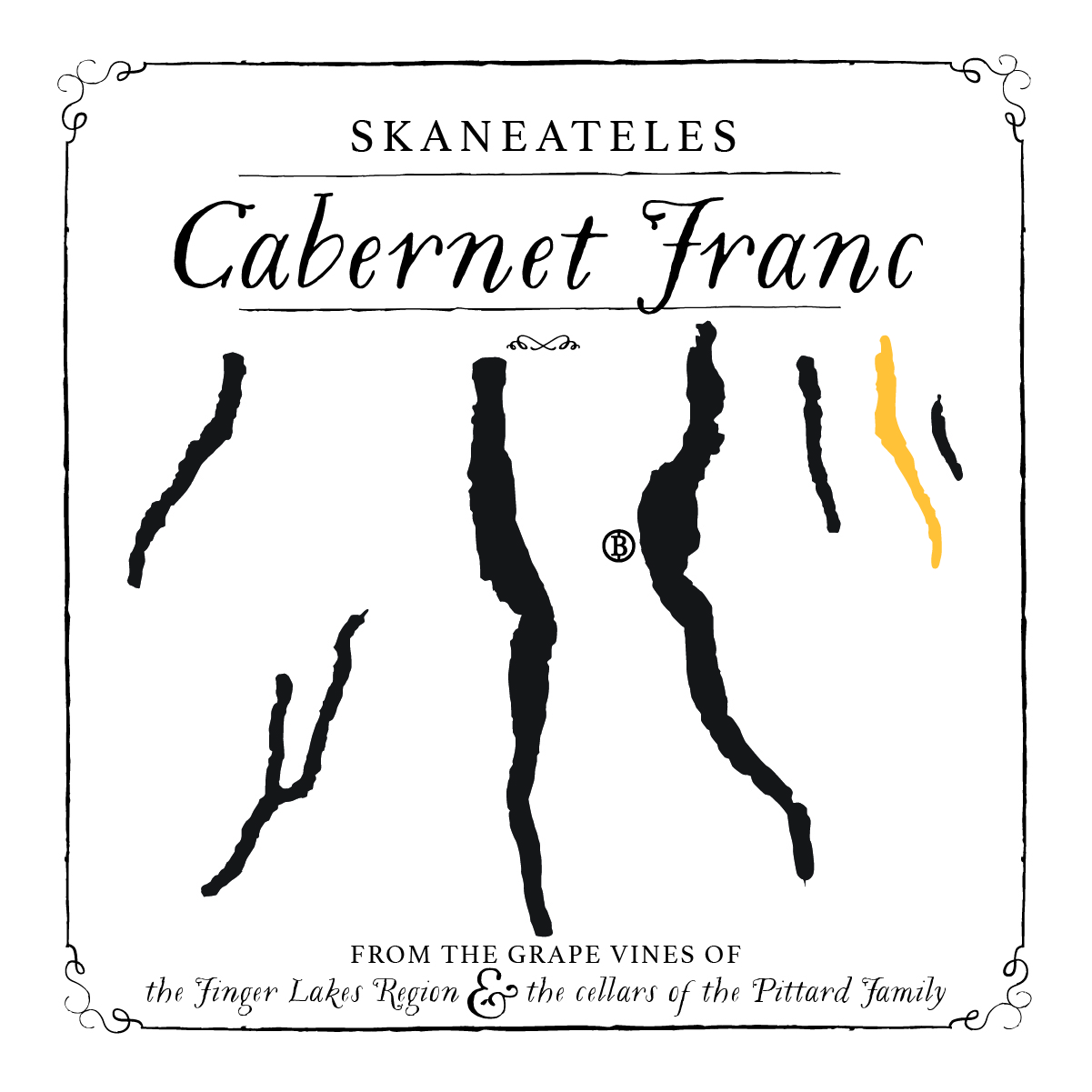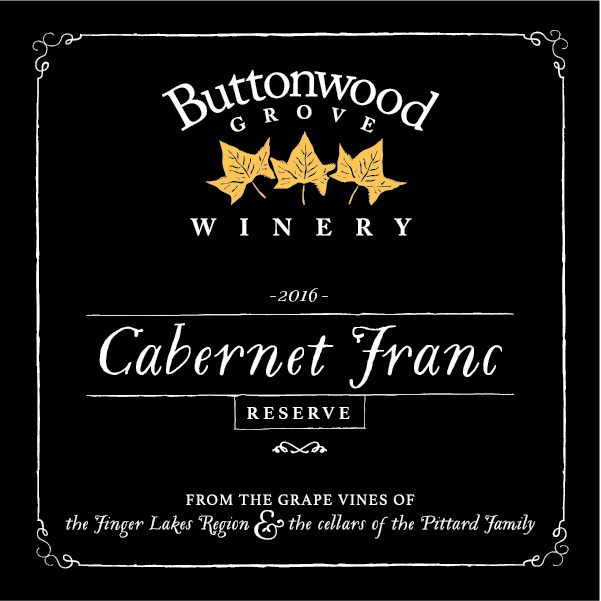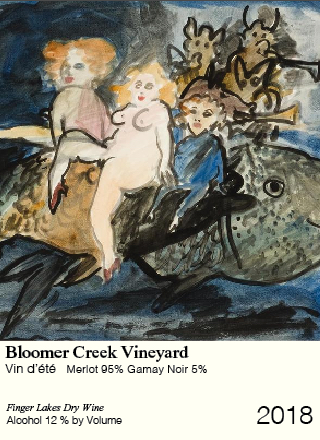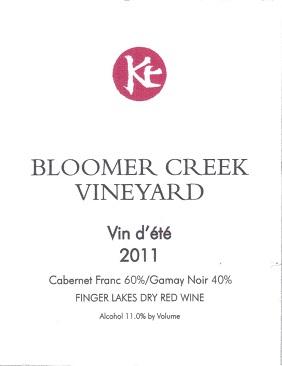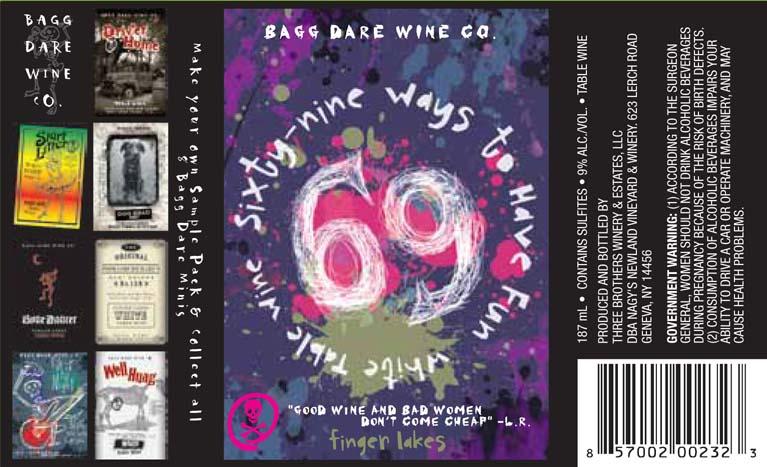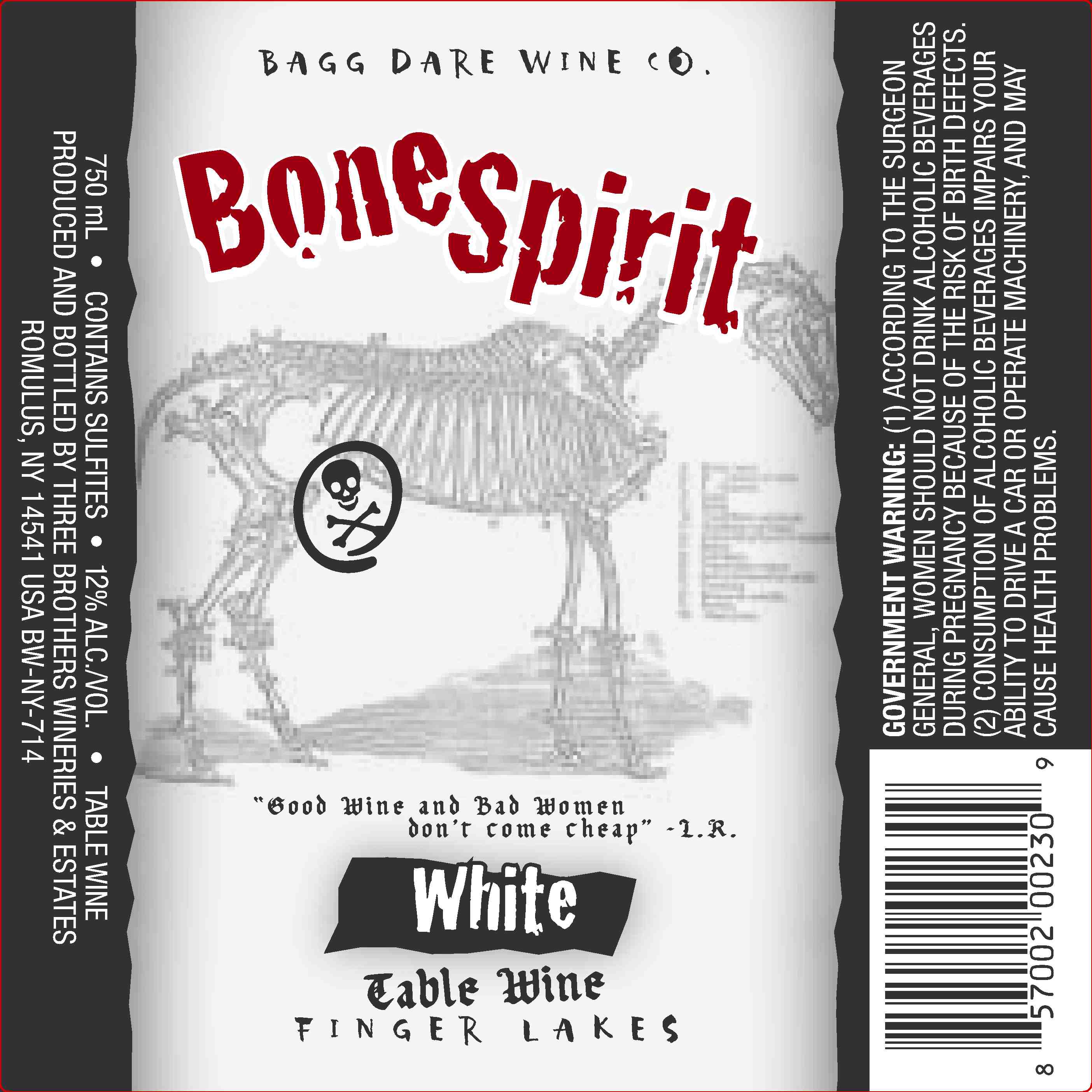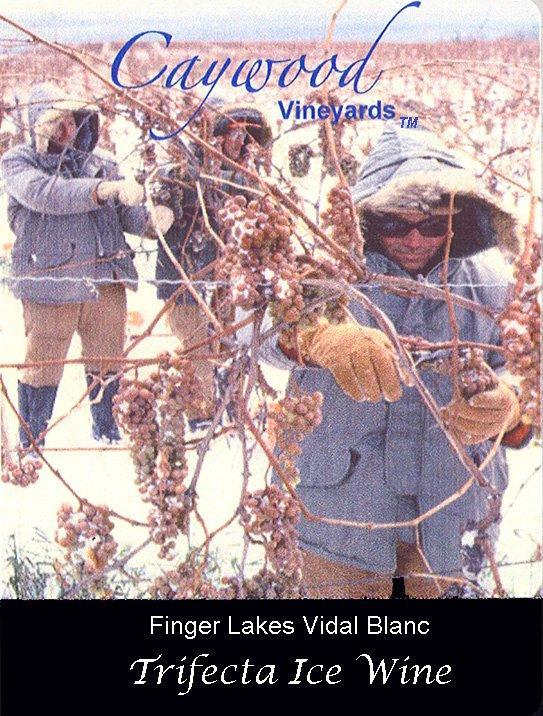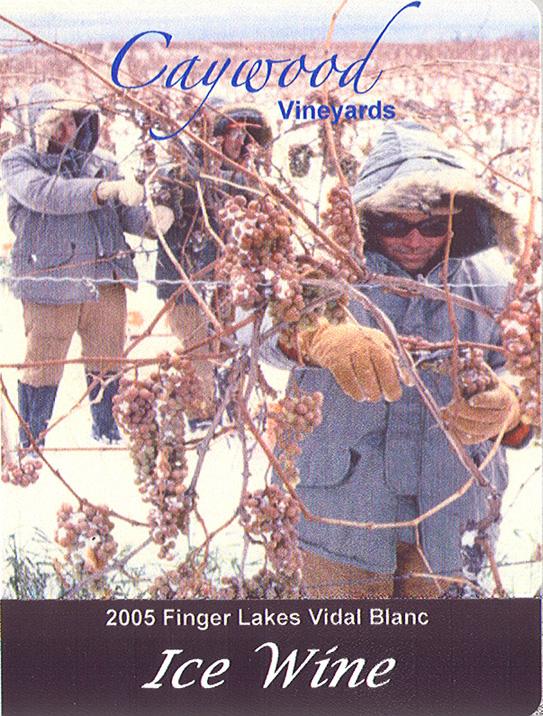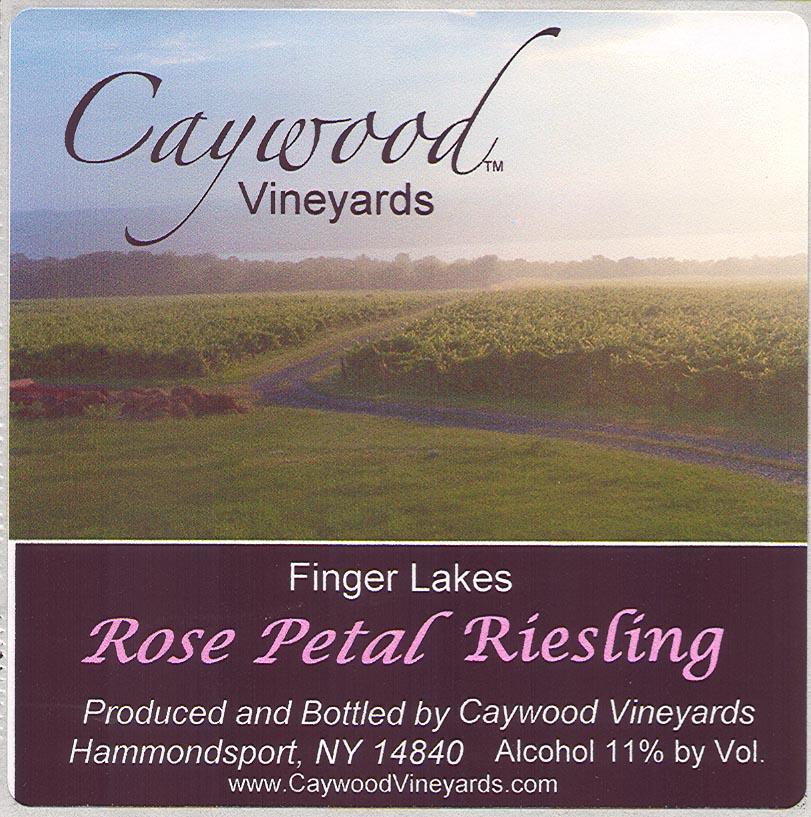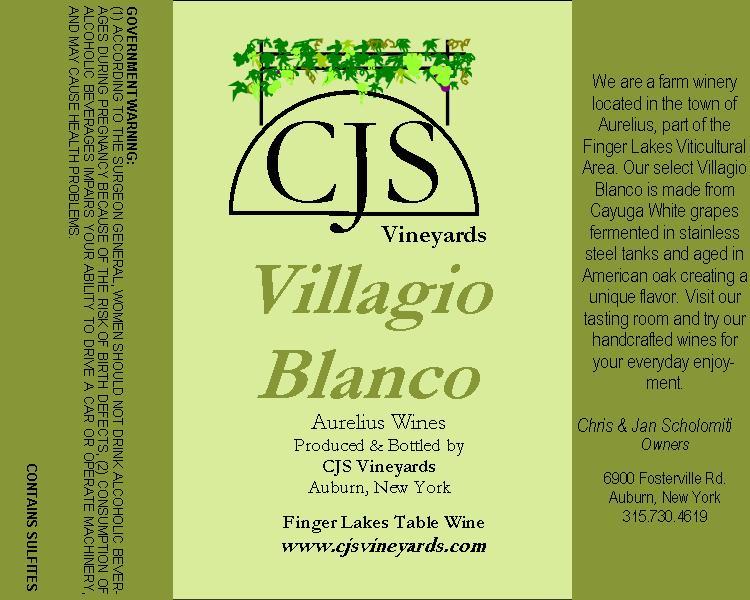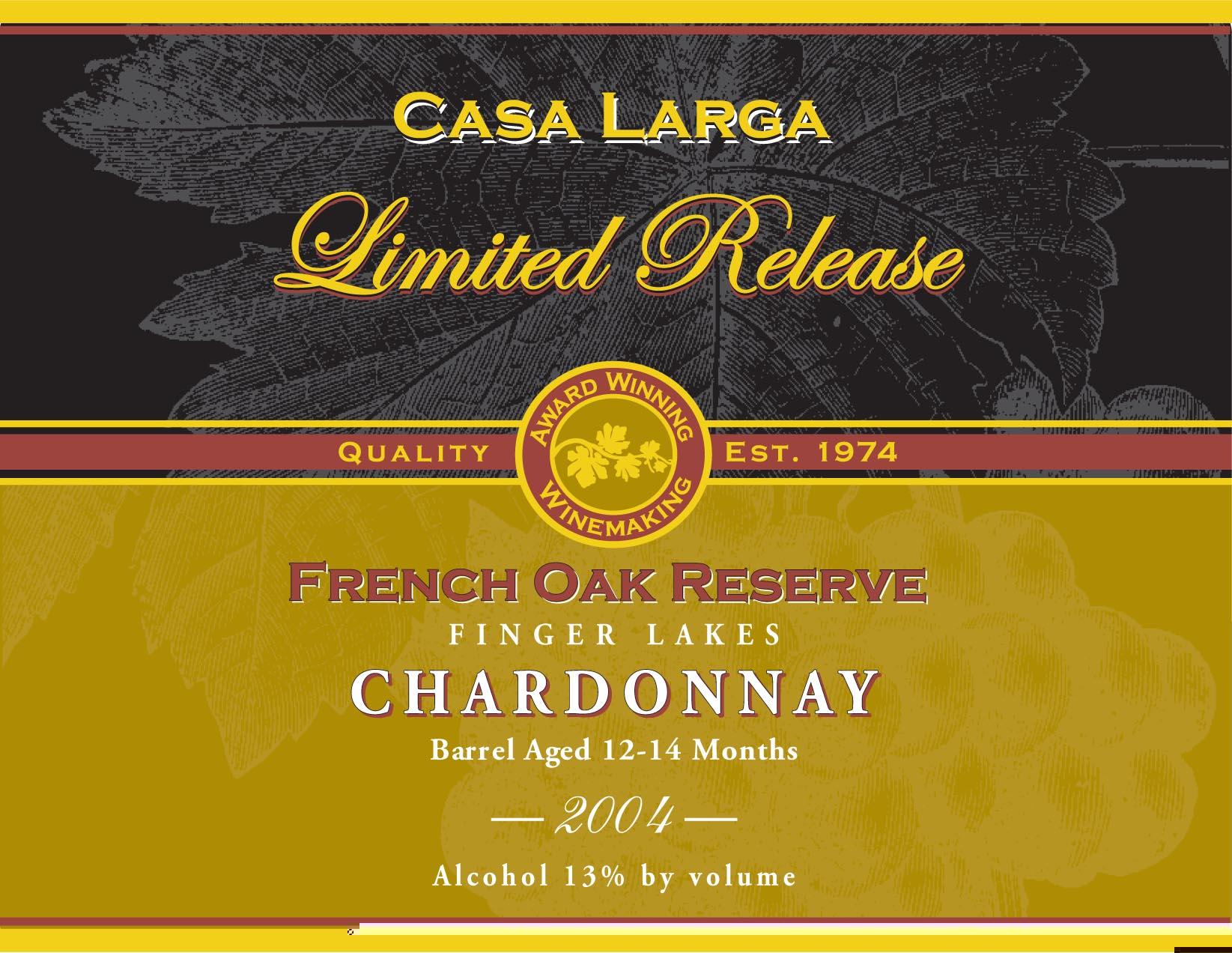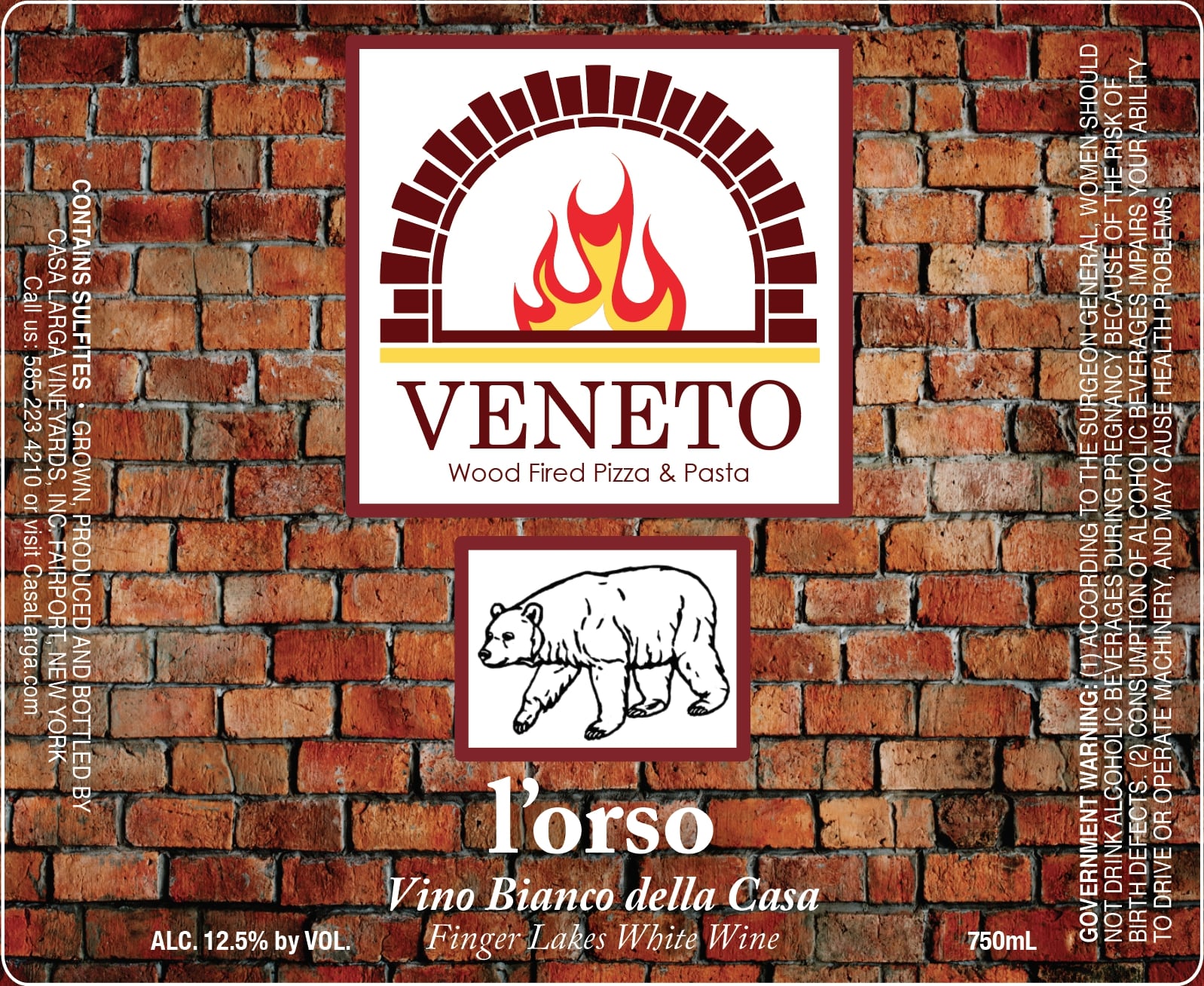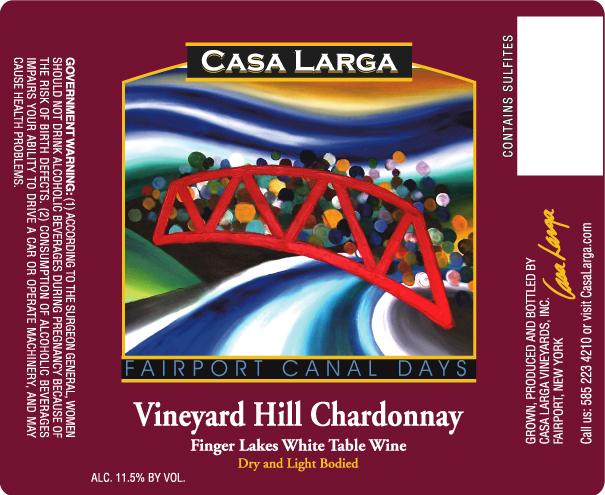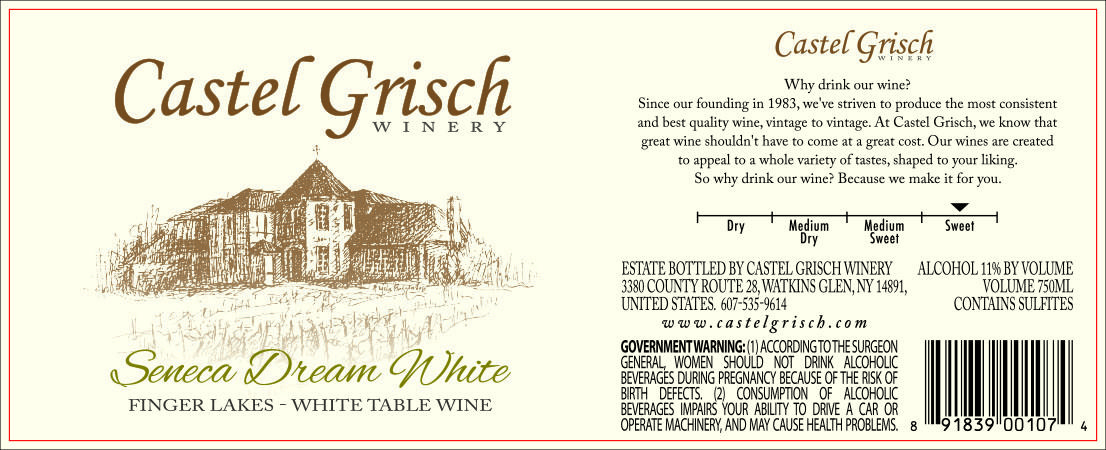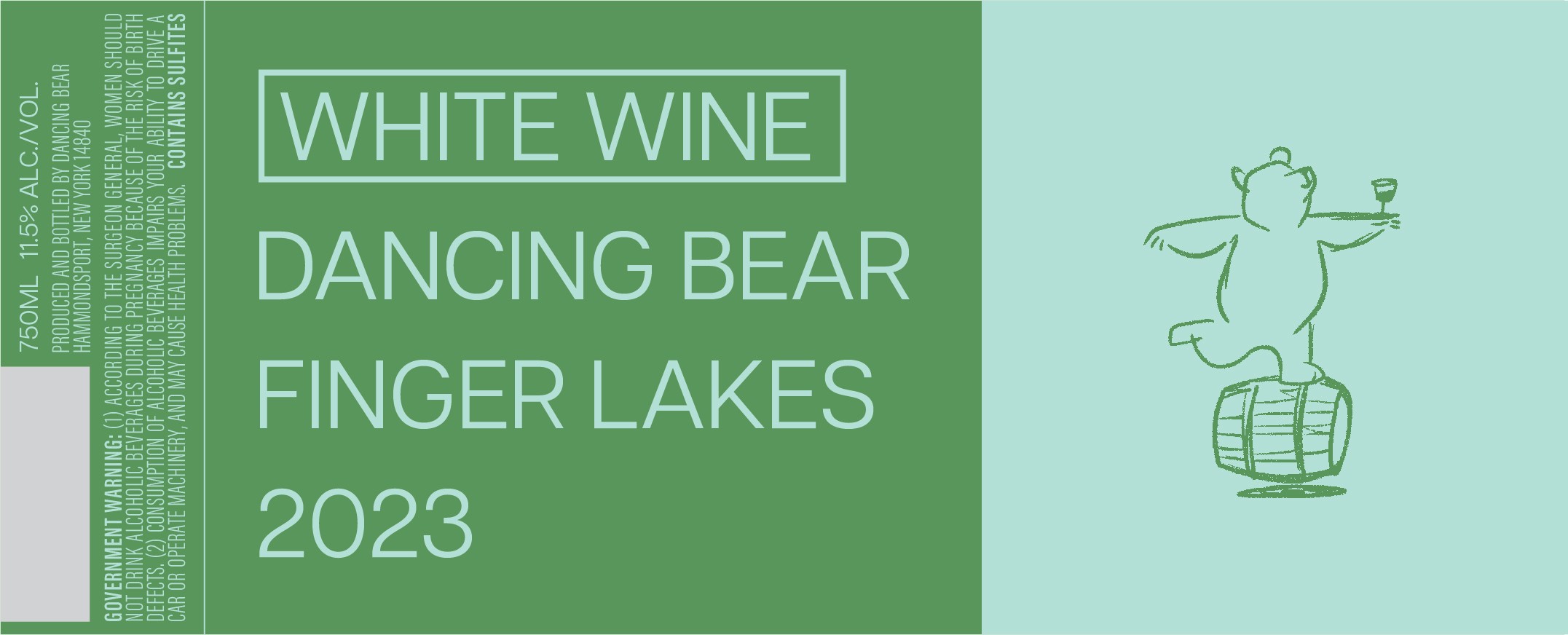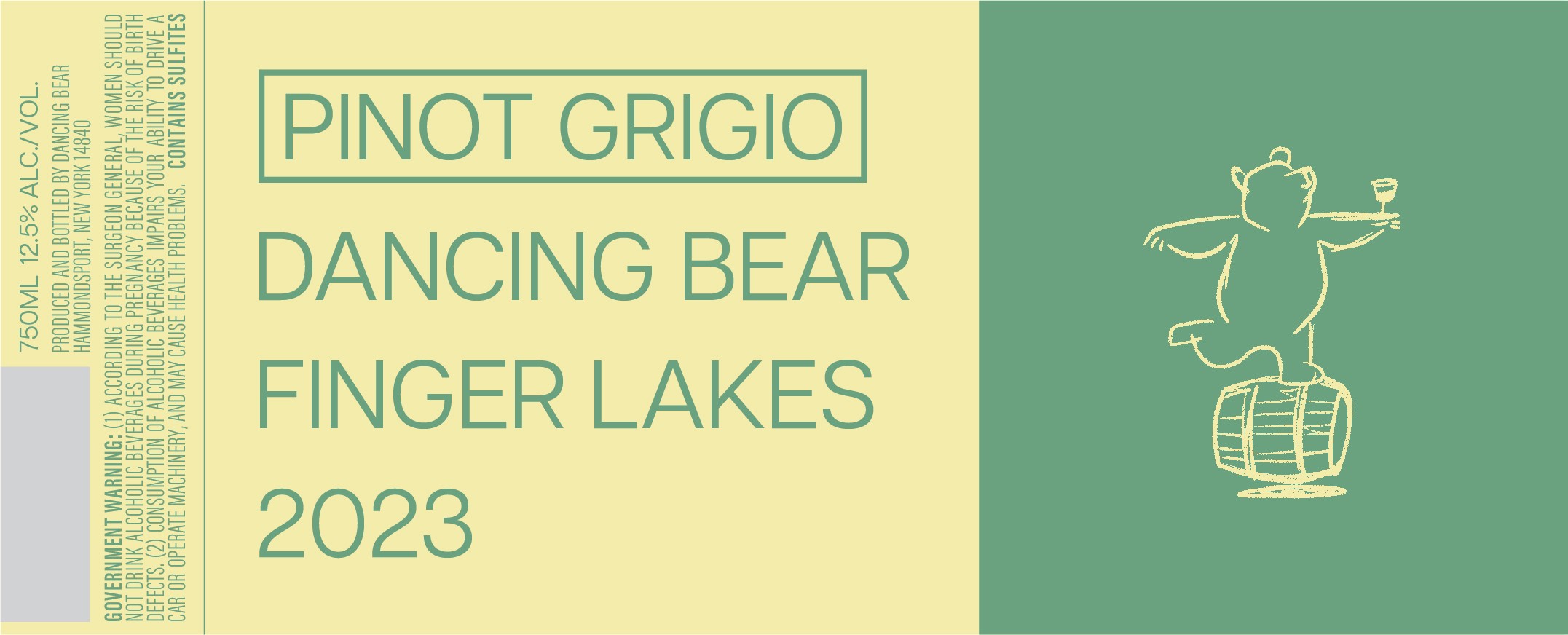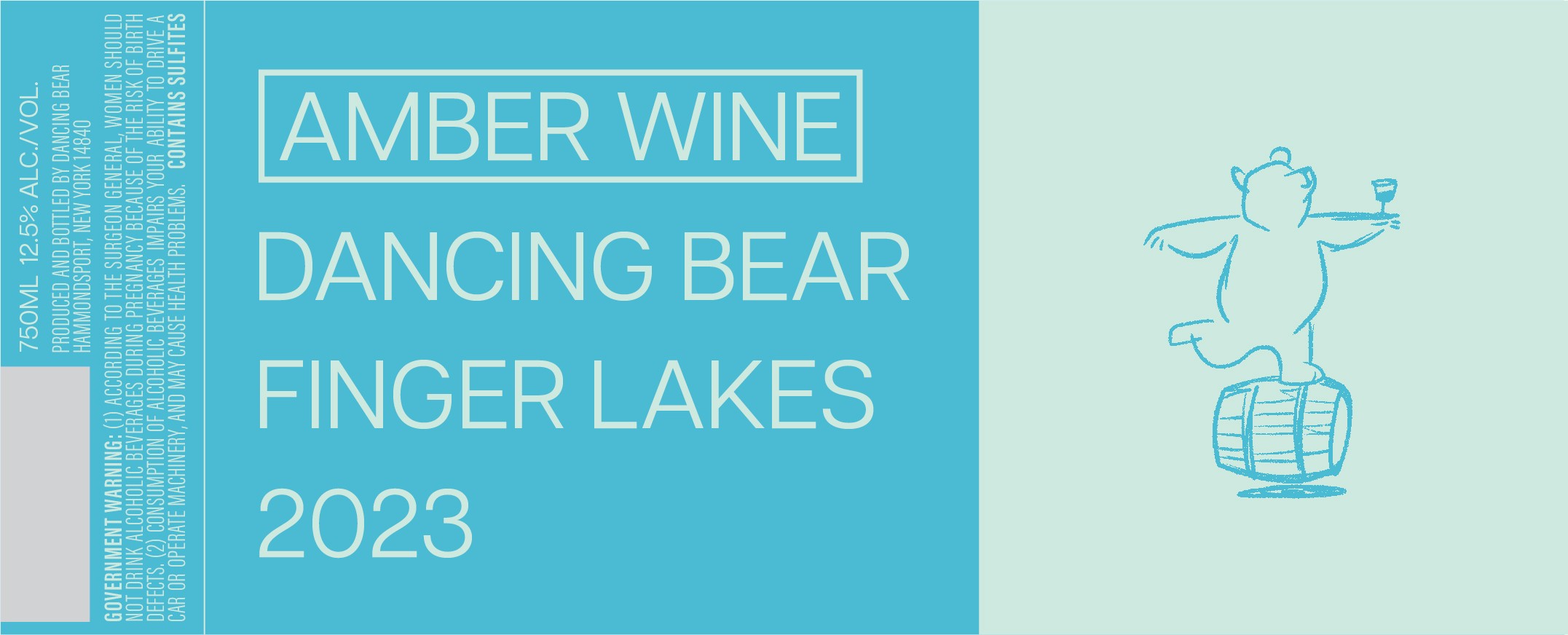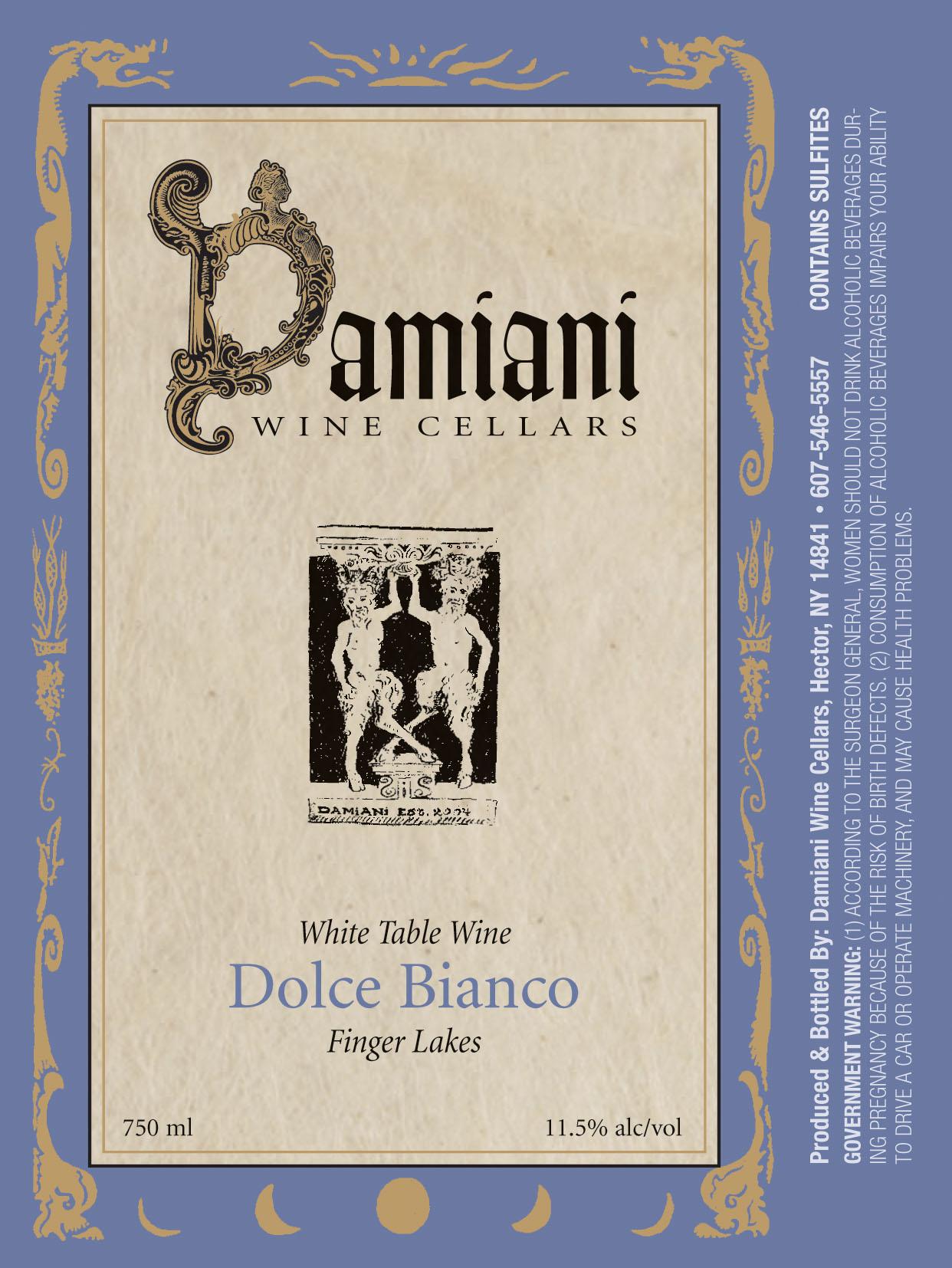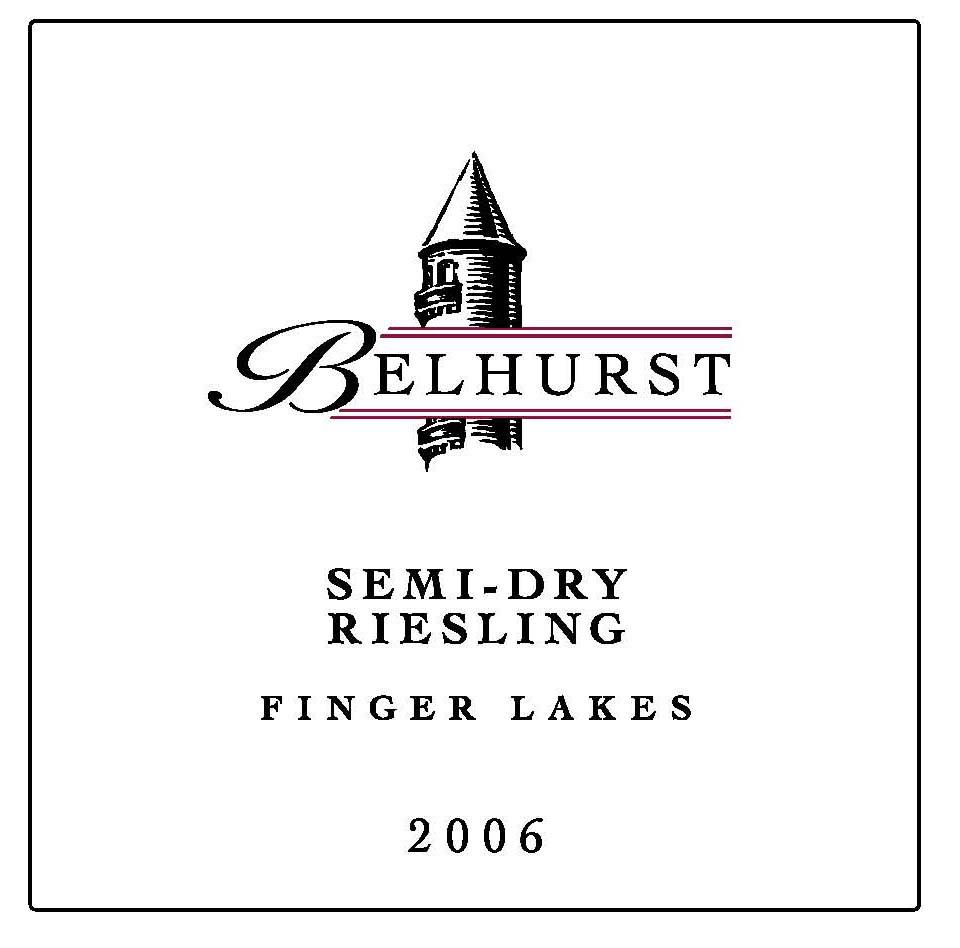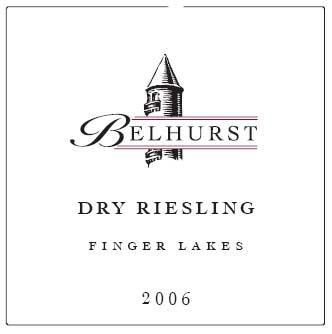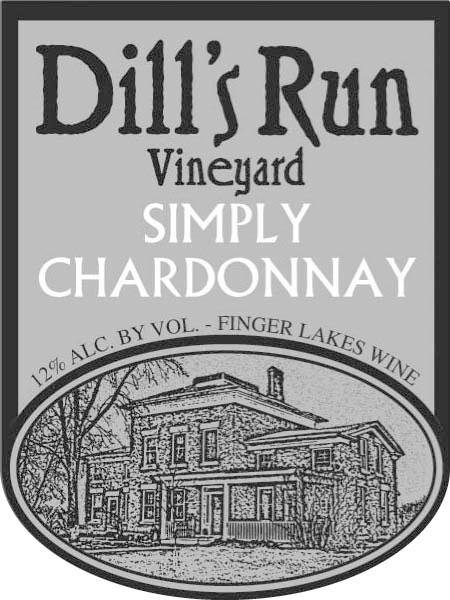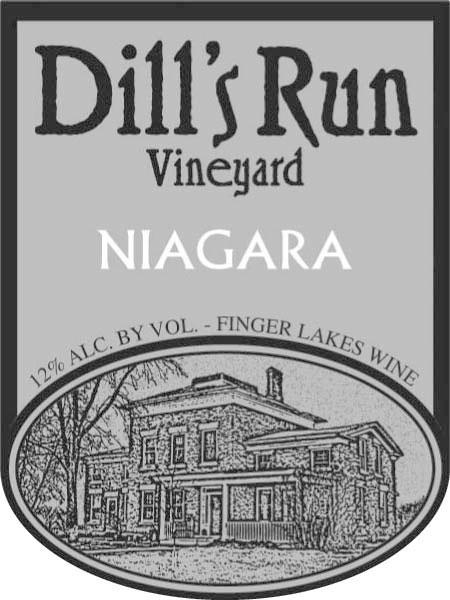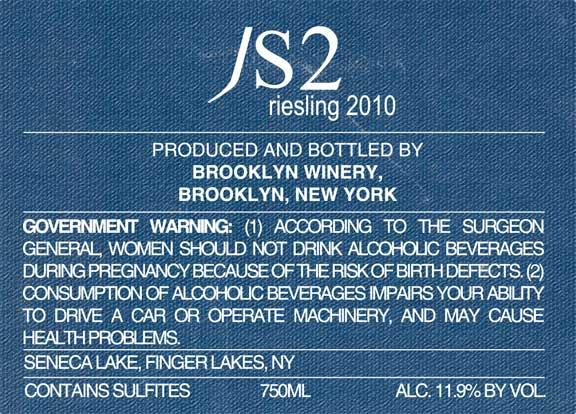Terroir of the Finger Lakes
The Finger Lakes region's terroir is shaped by its glacial history and climate, moderated by deep lakes like Seneca. These lakes act as natural thermal buffers, cooling the air in summer and extending warmth into fall. This extends the grape ripening period, boosting acidity and flavor, which is key for high-acid grapes like Riesling.
Winters can be tough, with temperatures dropping below –10 °F. This requires frost protection and hardy rootstocks.
Vineyards are usually on hillsides and terraces with sandy and gravelly loams over clay or shale. These slopes provide good air drainage, protecting against frost in valley floors. The unique mix of climate and soil creates wines with high acidity and balanced alcohol, showcasing the lakes' moderating effects.
Notable Wineries in the Finger Lakes
The Finger Lakes region is home to some of the most notable wineries, each contributing to the area's rich winemaking tapestry. Here's a look at a few key players:
-
Dr. Konstantin Frank Winery: Located on Keuka Lake, this winery pioneered vinifera grape cultivation in the region. It's renowned for its Riesling, Gewürztraminer, and Cabernet Franc, capturing the unique terroir.
-
Hermann J. Wiemer Vineyard: Situated on Seneca Lake, this vineyard sets a high bar for Riesling, thanks to its meticulous farming and winemaking techniques. It also excels in Gewürztraminer and traditional sparkling wines.
-
Wagner Vineyards: As a prominent estate on Seneca Lake, Wagner offers a diverse range of wines, including Chardonnay and Vidal ice wine, and is a lively venue for events.
Sustainable Winemaking in the Finger Lakes
The Finger Lakes wine region embraces sustainability through a statewide certification program that enhances conservation and biodiversity. This initiative monitors pesticide use, water consumption, and energy, promoting ongoing improvement and eco-friendly practices.
To maintain soil health, vineyards plant cover crops like clover and ryegrass, reduce tillage, and use compost. Growers in this humid climate focus on integrated pest management by using disease-resistant grape varieties and encouraging beneficial insects.
Water efficiency is prioritized with drip irrigation, and some wineries collect rainwater or recycle water. Energy-saving measures include LED lighting and renewable energy sources.
Organic and biodynamic farming methods are also gaining traction, avoiding synthetic inputs in favor of natural alternatives. These practices ensure the Finger Lakes remains a leader in sustainable winemaking, preserving its unique environment and producing exceptional wines.
Wine Tourism in the Finger Lakes
Wine tourism in the Finger Lakes region offers an enriching experience combining picturesque landscapes and cultural attractions.
Visitors can explore renowned wine trails around Seneca and Cayuga Lakes, where numerous tasting rooms provide a chance to sample the region’s celebrated high-acid wines, notably Riesling and Gewürztraminer.
Seasonal festivals and vineyard concerts add a vibrant touch to the visit, while culinary classes and heritage sites enrich the educational aspect.
Lodging options range from charming inns to estate accommodations, often paired with wellness amenities like spa treatments and yoga.
Outdoor enthusiasts can complement their wine tours with activities such as kayaking, hiking, or scenic drives through the region’s stunning natural features, including gorges and waterfalls.
The region’s commitment to sustainability, reflected in eco-friendly practices like water conservation and organic farming, enhances the wine tourism experience by preserving its unique environment and providing a lasting impression.


